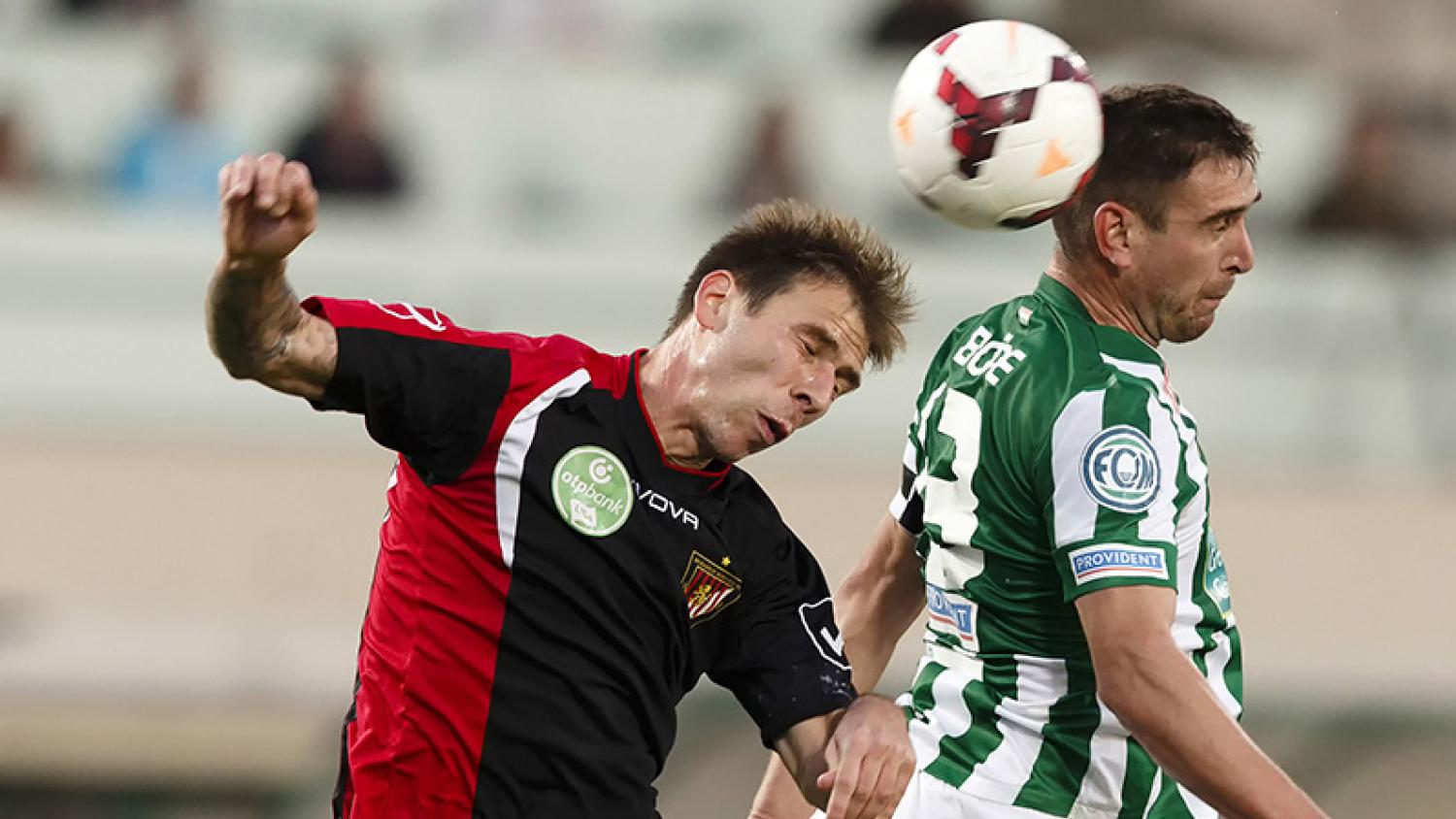It doesn’t get much more beautiful than a perfectly executed header – the timing, height, and precision of a cross redirected into the upper corner. But, in the coming years we can expect those moments to become weighted by something else – the threat of concussions.
American football is most certainly at the forefront the public conversation about sports-related concussions, with the NFL’s high profile and controversial handling of the issue (check out PBS’ Frontline special League of Denial if you have a chance and don’t mind thinking about that sport differently for the rest of your life). However, with soccer’s growing popularity and the fact that youth participation in the sport is the highest in the country, the beautiful game is a likely candidate to be increasingly in the spotlight. For instance, February saw the first identified case of Chronic Traumatic Encephalopathy (CTE) in a soccer player, and almost immediately thereafter my Facebook wall saw its first “soccer parents beware” post. Hard to say which is more ominous for the sport.
Just like in American football, playing soccer involves both dramatic and traumatic head impacts (head-to-ground or head-to-head collisions for example) and numerous small collisions (headers and jostling). Unlike American football or a sport like rugby, the “big hits” are not central to soccer as a game. In that sense, the risks associated with soccer seems like that of any sport – and significantly less than activities like cycling.
However, while soccer has never glorified the gladiatorial aspect of the game or celebrated “big hits” the way the NFL has, it does celebrate the header, which is an integral part of the game. And, while as far as I can tell there hasn’t been the same depth of data connecting headers to CTE or other brain issues that we see in American football, there is some disconcerting information starting to come out. A recent study suggests that frequent heading may impact memory and how the brain behaves. The Sports Concussion Institute highlights that the impact speed of a soccer ball being headed can be almost three times as high as that of a football player tackling a stationary player. Likewise, a small 2012 study of a youth girls (or girl’s youth soccer players) suggested that header impacts were higher than most non-header impacts. In fact, the concussion issue in soccer seems to be particularly troublesome for young women. According to a CDC study soccer is the number one cause of concussions in female athletes.
It’s important to note that several factors may make the above statistics overblown. More girls play soccer than any other sport. It is rare that a soccer ball is moving at truly maximum speed when it is headed during play. And, proper technique likely limits the head acceleration most commonly associated with brain injuries.
There seems to be a growing momentum to try and address these issues. Some leagues are banning headers for young players – allowing both children’s brains and muscles to develop before exposing them to that part of the game. Teaching proper technique is another opportunity to help soccer stay ahead of the curve on this issue and keep the sport ahead of that other football as well.



